Would you upload your mind into a computer?


Would you upload your mind into a computer?
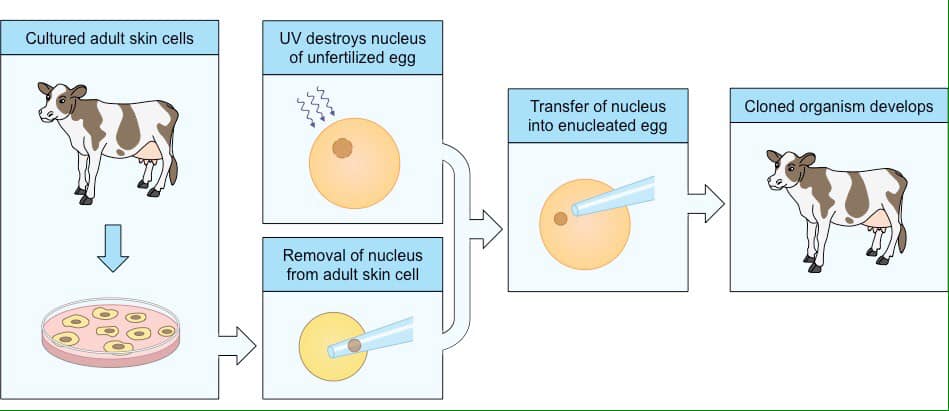
In genetics and developmental biology, somatic cell nuclear transfer (SCNT) is a laboratory technique for creating an ovum with a donor nucleus. It can be used in embryonic stem cell research, or in regenerative medicine where it is sometimes referred to as “therapeutic cloning”.
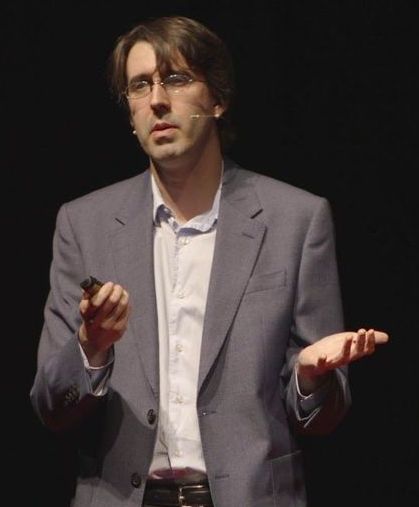
Give death the cold shoulder.

Researchers at the University of Helsinki have shown why the regenerative capacity of the cells lining the intestines declines with age and that targeting a particular enzyme can restore the regenerative potential of this tissue.
Notum blocks the Wnt pathway
During normal function, the cells of the intestinal epithelium, a single cell layer that forms the lining of both the small and large intestine, are replaced by stem cells, which create healthy replacement cells to counter losses from injury, damage, disease, and aging. These cells are roused into action via the Wnt signaling pathway, which is activated through signals sent by other cells in the tissue.
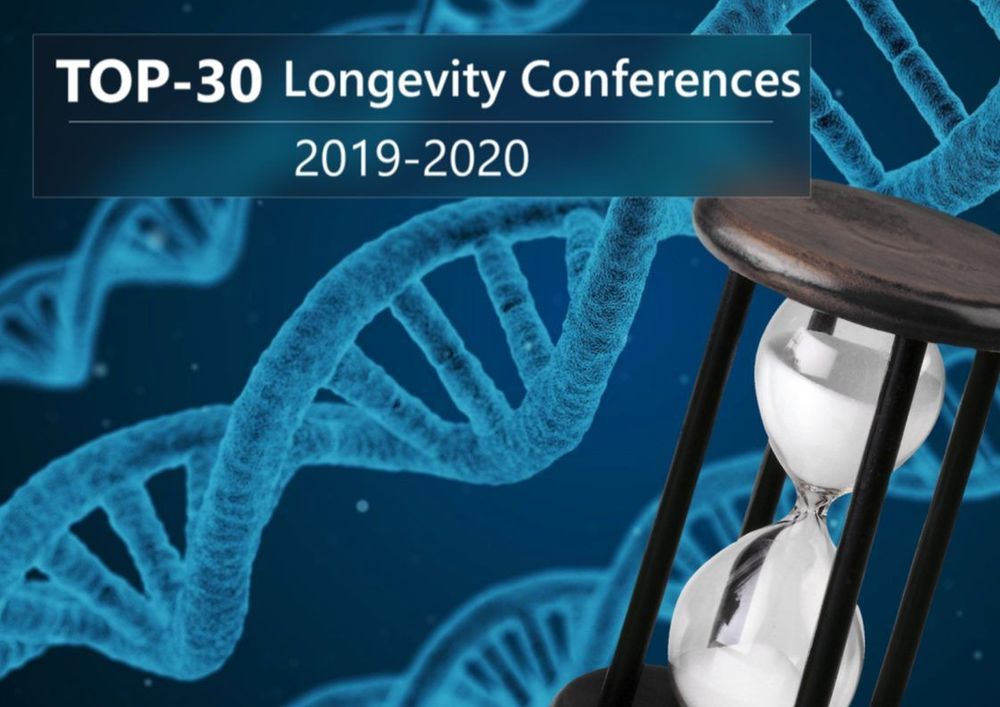
Top-30 Longevity Conferences 2019–2020 is a 60-page open-access analytical report by Aging Analytics Agency that uses cost-benefit analysis to identify the Top-30 Longevity Conferences globally taking place in 2019–2020, including detailed analysis and infographics on their regional distribution, cost, and focus.
Link to the Report: https://www.aginganalytics.com/longevity-conferences
The report is complemented by a comprehensive online Longevity Conferences IT-Platform that contains data on 150 Longevity-related conferences taking place in 2019–2020.
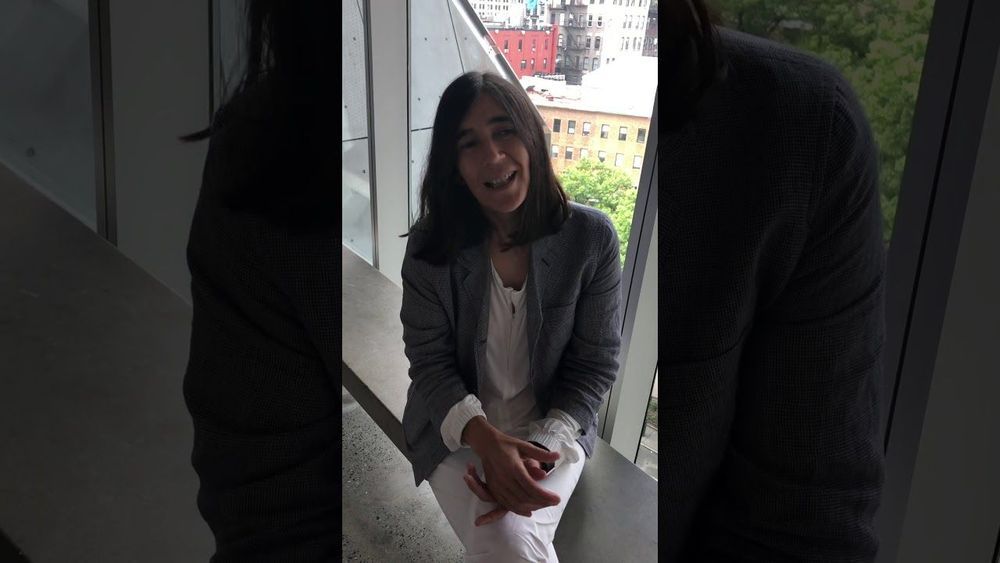
Leading telomere researcher Maria Blasco press conference at the Ending Age-Related Diseases conference, New York, NY, July 12, 2019.
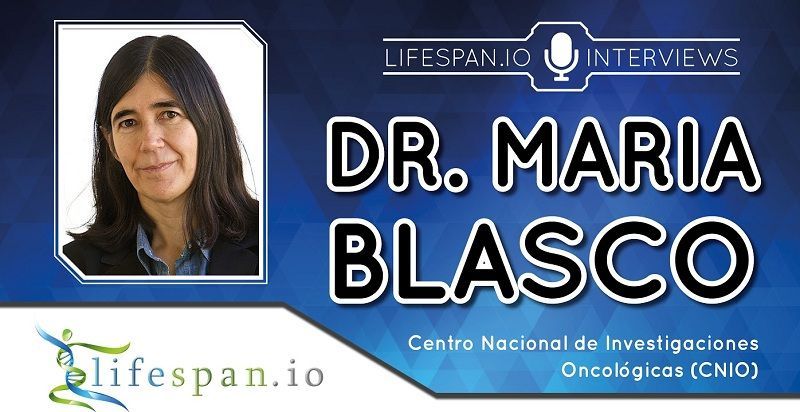
Our Ending Age-Related Diseases conference in New York is over for this year and has been a huge success. We had the opportunity to interview one of the speakers, Dr. Mar í a Blasco, during the conference, and we asked her more about her work with telomeres, telomerase therapy, and aging.
Telomere loss is a proposed reason we age
Telomere attrition—the wearing out of your chromosomes’ protective caps with age—is widely thought to be one of the major drivers of aging. With each division, telomeres shorten a little bit, and after 50–70 divisions, they become critically short. Once this threshold (the Hayflick limit) is hit, cells undergo replicative senescence, and their division comes to a grinding halt.
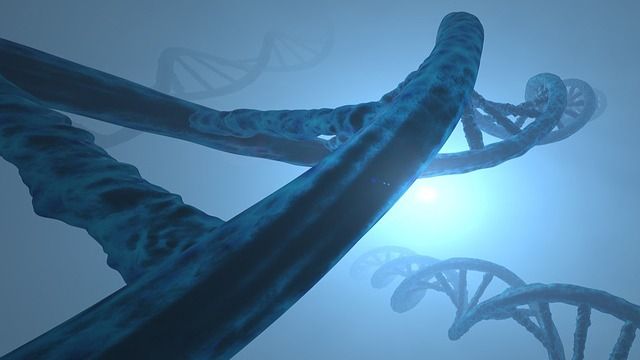
Your support will help us in our mission to research, develop and promote comprehensive regenerative medicine solutions for the diseases and disabilities of aging. SRF is a 501©(3) non-profit. Please consult your tax advisor – your donation may be tax deductible as no goods or services were received in exchange for the gift.

Any major breakthrough in extending human life would drastically alter population projections. The social effects, while obviously huge, would depend on whether the years of senility were prolonged, too; whether women’s age at menopause would increase; and how families would be structured if many generations were alive at the same time. Expensive treatments to extend human lives could also have implications for inequality; as in many other areas of technology, the wealthy would be most able to afford such services.
Almost everyone would welcome an extension of their healthy lifespan, and some scientists are looking at increasingly extreme ways to achieve that. But any major breakthrough in this area could have unwanted and far-reaching demographic, social, and economic implications.
CAMBRIDGE – Humans have long sought the elixir of youth, so it is not surprising that even non-scientists closely follow the latest research into aging. But is what most people consider simply a fact of life actually a “disease” that can be cured? Or is there some insurmountable limit to the lifespan of human bodies?